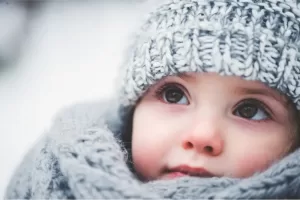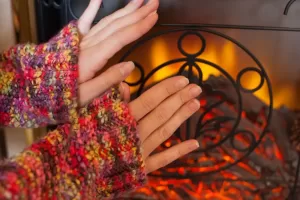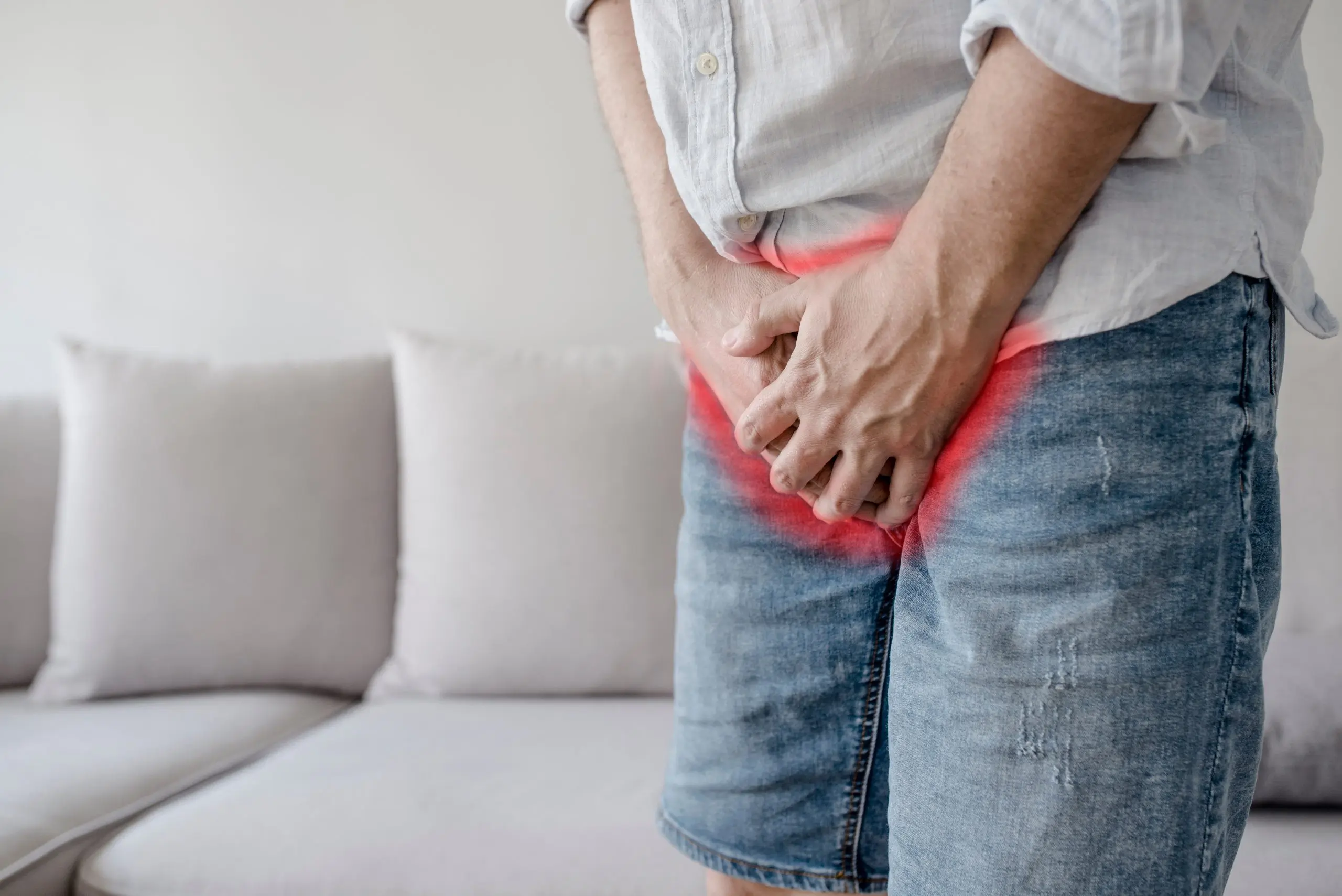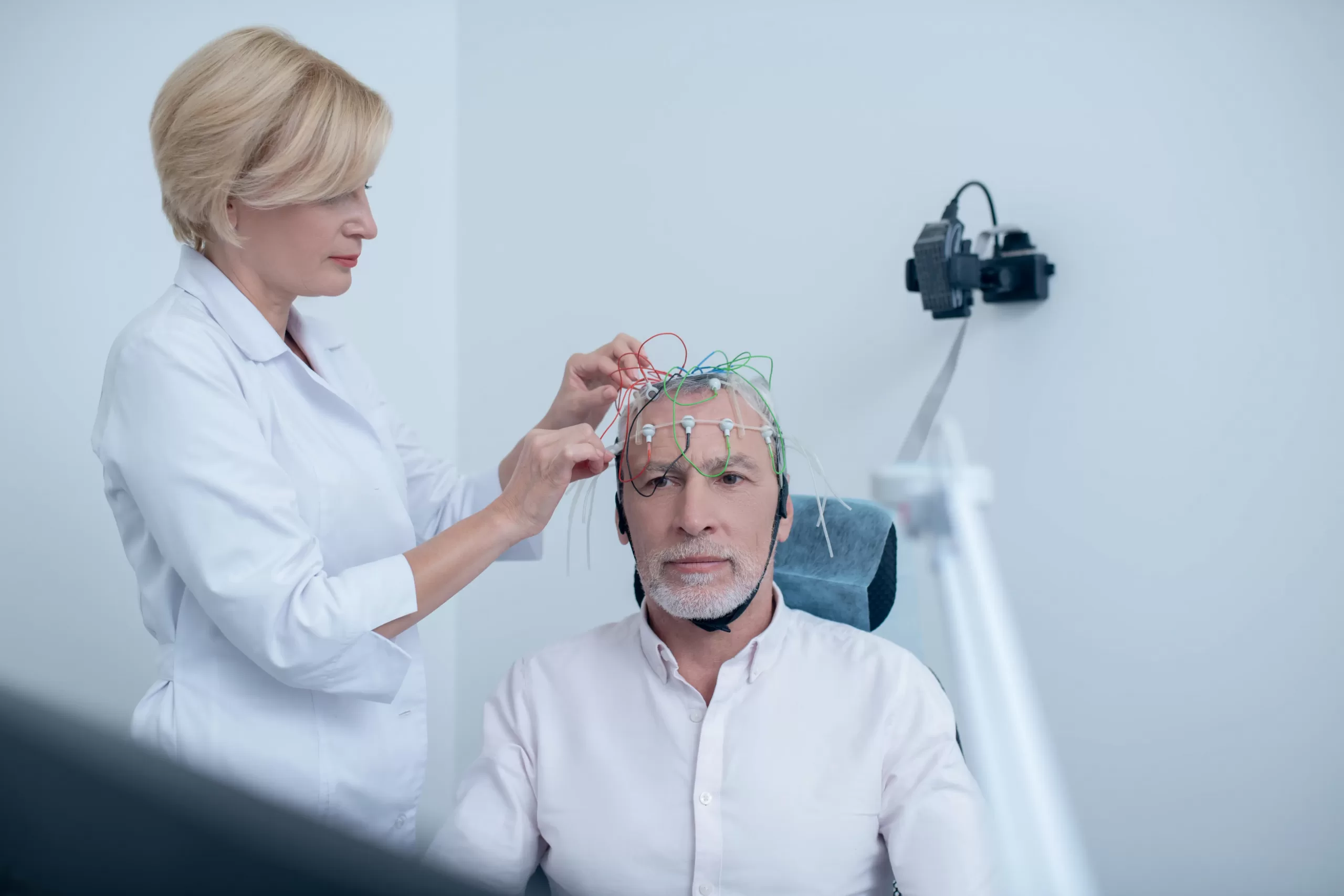Painful fingers? It could be Chilblains
Medically Reviewed by Dr Davinder Nagah
Last updated on 13.06.2024
What are Chilblains?
- Chilblains are caused by repeated exposure to cold air, leading to inflammation of the small blood vessels in the skin.
- Symptoms of Chilblains include itch, swelling, pain, redness and occasionally blistering of the fingers or toes.
How long do Chilblains last?
- Chilblains usually get better within one to three weeks, or if the weather gets warmer.
- Some people may get them on a yearly basis
What causes Chilblains?
- It is not entirely clear what causes Chilblains.
- They may be due to the way some people react to becoming cold, followed by warming up again.
- When cold skin of the fingers and toes warms up again, small blood vessels beneath the skin may expand more quickly than other larger blood vessels. This possibly results in a build-up of blood, which may leak into the surrounding tissues, leading to inflammation.
Who gets Chilblains?
Certain risk factors make it more likely that a person will get Chilblains:
- Women are more likely to get Chilblains than men
- Being underweight
- Poor circulation
- Wearing unsuitable clothes in cold weather- whether too tight, not warm enough, or ill-fitting
- Raynaud’s Disease
- Autoimmune conditions such as Lupus
Are Chilblains serious?
Usually Chilblains are not serious. However, occasionally blisters and ulcers may form on the fingers or toes. If these become infected, antibiotic treatment may be needed. So it is important to see a doctor if you have bad Chilblains, particularly if the skin starts to break down.
How do you prevent Chilblains?
- Stay warm and dry
- Wear appropriate layers of warm clothing during cold weather, including gloves, warm socks and good footwear.
- Avoid exposing your skin when outdoors in cold weather
- If you do get cold, rewarm yourself gradually (for example, do not place cold hands directly against a warm heater or other heat source)
- Keep your home and workplace warm.
- Avoid smoking as it is bad for your circulation
Is there any other treatment for Chilblains?
- A doctor may prescribe medication if you have severe Chilblains. Medications more commonly used as a blood pressure treatment can sometimes help with the symptoms of Chilblains.
- Topical steroid creams or ointments may sometimes be used
- If infection occurs (if the skin ulcerates or breaks down), antibiotics may be needed
If you think you may have Chilblains, speak to your doctor.
Article Resources

Osteitis Pubis
Osteitis Pubis Osteitis pubis is an inflammation in the joint at the front of your pelvis, just above your genitals. The pubic joint, its cartilage and the surrounding muscles [...]
Electroencephalogram (EEG test)
Electroencephalogram (EEG test) You may have heard of an investigation called an ECG before, which is a test for the electrical conduction of your heart. But did you know [...]
Meniscus tear
Meniscus tear The meniscus is cartilage in the knee that helps with cushioning of the joint during impact, such as running and twisting. A meniscal tear can occur when [...]





